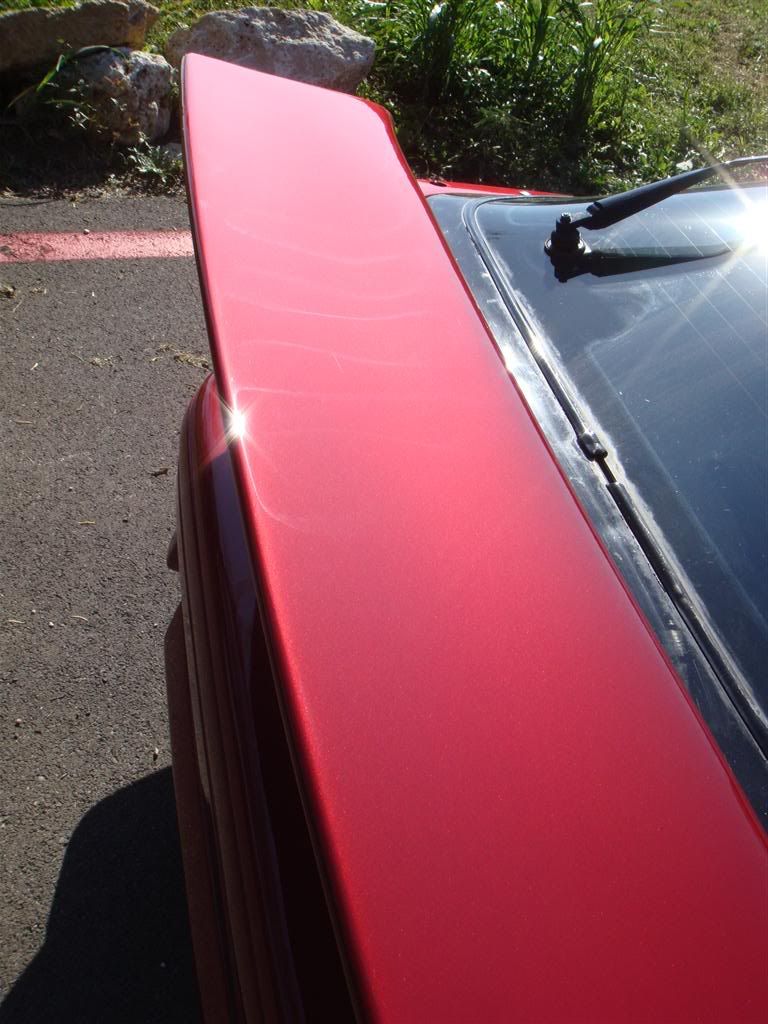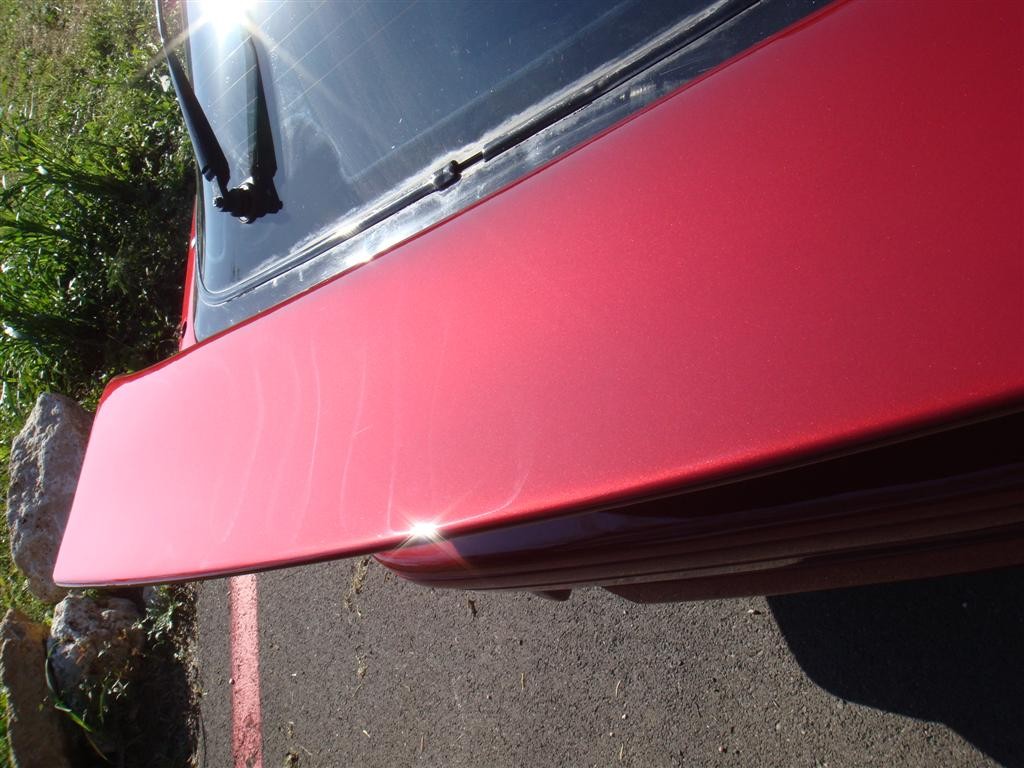Re: 4 part prosses still has swirls?
so, your categorizing my stuff as swirl removers? they say finishing on them.
SMR stands for Swirl Mark Remover, it's basically any medium to light abrading product intended to remove a little paint and hopefully flatten or level out the surface and not leave it's own scratches behind. Besides the product you also have to take into consideration the process, which is your
method of application, (by hand or tool and if a tool the type of tool), and the
application material, foam, cotton, wool, microfiber, etc.
the marring you speak of, you say its showing up because i am removing fillers? that doesnt make sense i never said it ever fixed the swirls. im saying it wont remove them.
Marring is a kinder, more gentle name for scratches. Marring, or Micro-marring can e very shallow or noticeable tick marks in the paint, often times after using a DA style polisher with a foam cutting pad or with some SMR's.
btw i was told that wool is more harsh then foam because the wool hairs each make cuts into the paint and the yellow (which is meant for compound) is meant to reduce the cuts the wool made.
That's something I've been typing for about 15+ years. It's pretty easy to prove too, just take a brand new wool cutting pad or finishing pad, put it on a rotary buffer and then buff some black paint with any type of non-abrasive high lubricity polish, heck you can use baby oil or vegetable oil or motor oil if you like as these last 3 oils are all 100% non-abrasive.
The point being, run a wool pad on a ROTARY BUFFER over black paint with a non-abrasive product and then wash the panel and pull the car out into bright sunlight and you'll see rotary buffer swirls or holograms.
Question: Where do you think they come from?
Wool pads aren't evil, they are an awesome tool and they have their place in the polishing world in general, but they shouldn't be used to finish with as foam has been proven to be better for finishing since at least 1965, about the time the Mustang was introduced, (well technically the Mustang was introduced in 1964.5 ), and Gilligan's Island debuted.
I say it is a great example of how important it is to do a test spot. :xyxthumbs:
DLB
Great point Dalton... :bowdown:
This is another thread that proves the importance of doing a Test Spot, that is dialing in your system to one small area before buffing out the entire car. Prove your system works to one small area and you won't have to waste any time re-doing your work.
Also this would be a perfect example of why you do an IPA wipe-down after each step.
At least to your Test Spot.
If you prove your process in your Test Spot and then you duplicate the process over the entire car then you shouldn't have to chemically strip your paint after each step.
Note that there is
no official recommendation by Autogeek to chemically strip your car's paint after each step, that's just the opinion of some of our members. Each person can decide what's best for themselves.
Lets not turn
87rx7chick's thread into an off-topic discussion over chemically stripping, if anyone feels so compelled, let them start their own thread. Seriously.
See this thread for a similar topic...
1-Step versus 3-Step Process by Hand
Buffing with a mismatched system can be a frustrating experience. 3M offers a new simplified system. I have used it with excellent results. I went on to their website to get you details.
You would be interested in steps 3-5. It is key to use the correct pad with the corresponding compound.
Good point and considering this was your first post to our forum, very insightful.
Welcome to AutogeekOnline!
:welcome:
 rops: Just remember, it will be raining tomorrow.
rops: Just remember, it will be raining tomorrow.yep i have heard some where if not even on here that the rotary makes the holograms and i will need to get a DA to help eliminate or have perfect technique.
rops:





